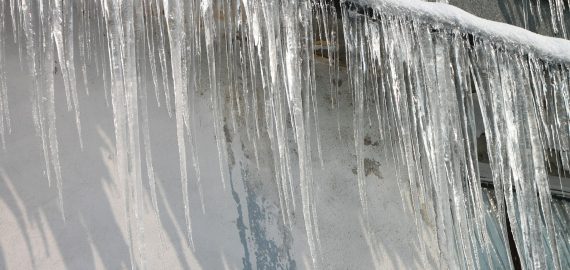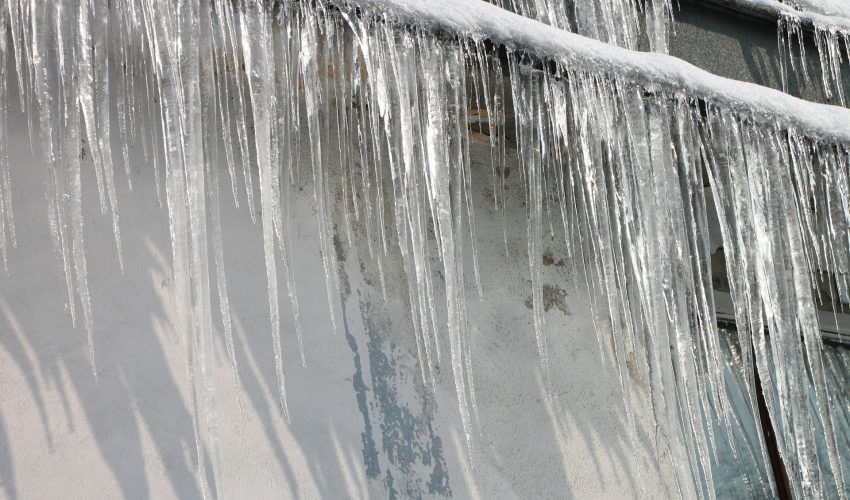How to find the source of a leaking roof
You have probably seen all the signs indicating that your roof leaks but have no idea how to identify the source. Identifying the source is crucial if you’re to fix the leak before the situation gets out of hand. The difficulty of the entire process is exacerbated by the fact that where you see the leak might not be the exact source of the problem. In such a situation, how can you find the exact source of the leaking roof?
First, it’s worth stating that all leaks need fixing. The fact that the signs from your roof have only indicated the possibility of minor leaks should never convince you to ignore or underrate the problem. What may appear like a small or minor leak is capable of causing extensive damages to the structure of the home. Other problems that leaks that appear minor can cause include the following:

-
- Mold
- Rotten framing
- Sheathing
- Destroyed insulation
- Damaged ceilings
So, where do you start the search?
Roof penetrations
Your immediate focus should be on the roof penetrations. Start at the water stains and move uphill. It’s highly likely that the stains are a bit far from the actual source of the leak. Focus on items that have penetrated your roof. Some of the penetrations that need your attention include chimneys, roof vents and dormers among others. Even if the penetrations are a considerable distance away from the leak, don’t discount the role that they can play in causing leaks.
Attic
For the most part, you would be surprised to notice that the source of the leak is not the attic. For this reason, use the attic access to check if this part of the house is the source of the problem. Use a flashlight to inspect the attic thoroughly. Examine the attic for evidence of a leak. The evidence mostly tends to be mold, black stains and water stains. If you can’t access the attic, you might have to do the inspection right on top of the roof.
-
Broken Shingles
You can check for broken shingles yourself. Broken or missing shingles are among the most common sources and causes of leaking roofs. Weather is the biggest culprit in this case. Heavy rains and high winds are responsible for breaking the shingles or making them fall all over the place. You don’t even have to climb on to the roof to confirm whether its shingles are missing or broken. If the roof has different colored patches, it probably has missing or broken shingles.
Improperly Sealed Valleys
Valleys on the roof are sloped. Improper sealing creates the space that rainwater needs to get inside while running down the roof. To confirm whether the improperly sealed valleys are the major culprits, you would need to check for wet spots, which are notorious for running along the roof seams. The valley develops this problem because of factors such as poor installation, cracking after stepping on it or excessive rain that erodes the sealant.
Lastly, cracked vent booting is worth considering and examining as it could be the source too. A buildup of the ice dam is equally notorious for causing leaks. Improperly sealed skylights should be in the list of probable causes of the leaks too. Broken shingles and roof penetrations should not escape your attention when looking for the source of the leaks. As previously stated, hire a roofing contractor to identify the source if the task seems impossible for you.

